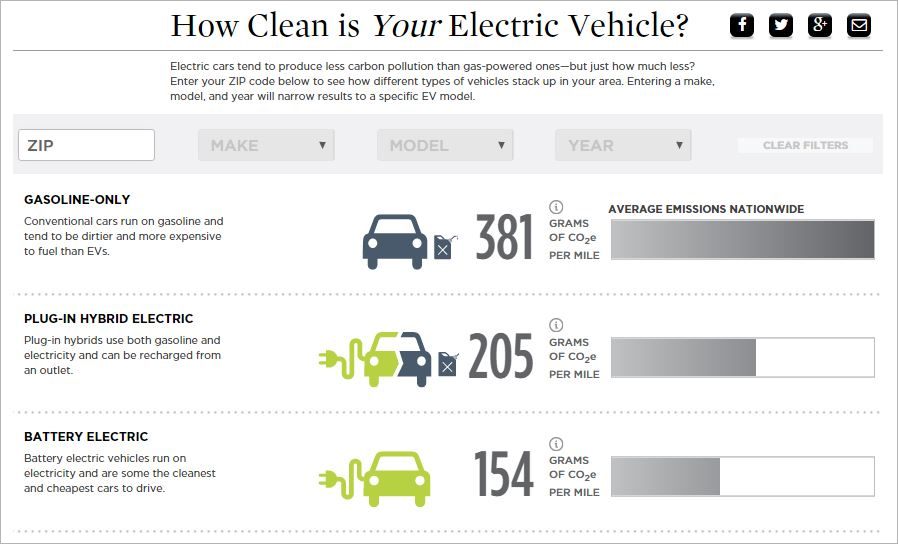
Photo: Wolfgang Rattay
The term “electric vehicle” refers to a wide range of cars and trucks, big and small. These include hybrid-electric, plug-in electric, and battery electric vehicles, as well as fuel cell technologies.
Hybrids, or hybrid-electric vehicles, combine a combustion engine with an electric motor and battery to reduce fuel consumption and tailpipe emissions. Hybrids that can't be charged by an outlet aren't considered EVs. Learn more about how hybrids work >
Plug-in hybrids are hybrids that can be plugged-in and charged for short-range travel on battery power alone. The gas engine kicks in on longer trips when the battery reaches the end of its range. Learn more about how plug-in vehicles work >
Battery electric cars run entirely on battery power, producing zero tailpipe emissions. They are recharged from an electrical outlet; current models have a range of 60 to more than 200 miles on a full charge. Learn more about how battery electrics work >
Fuel cell vehicles use hydrogen gas to power an electric motor. Virtually no emissions are produced if the hydrogen comes from renewable energy sources. Learn more about how fuel cells and fuel cell vehicles work >




